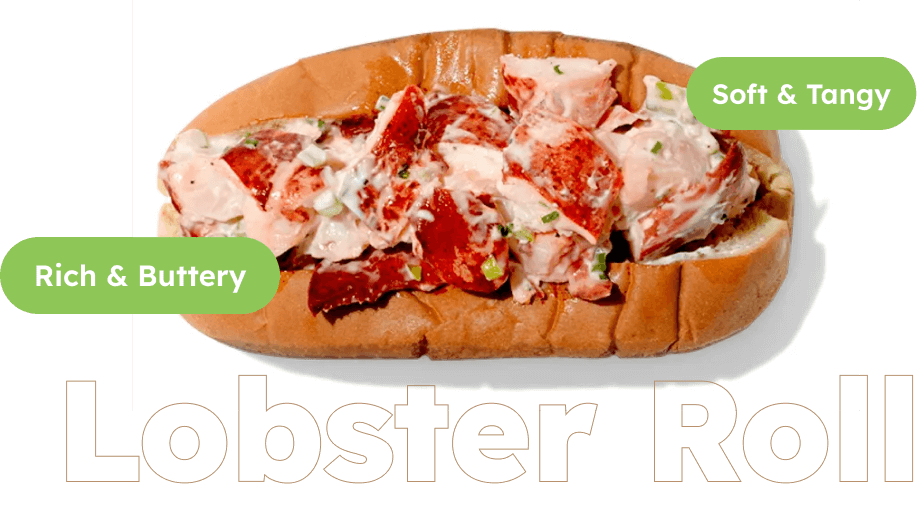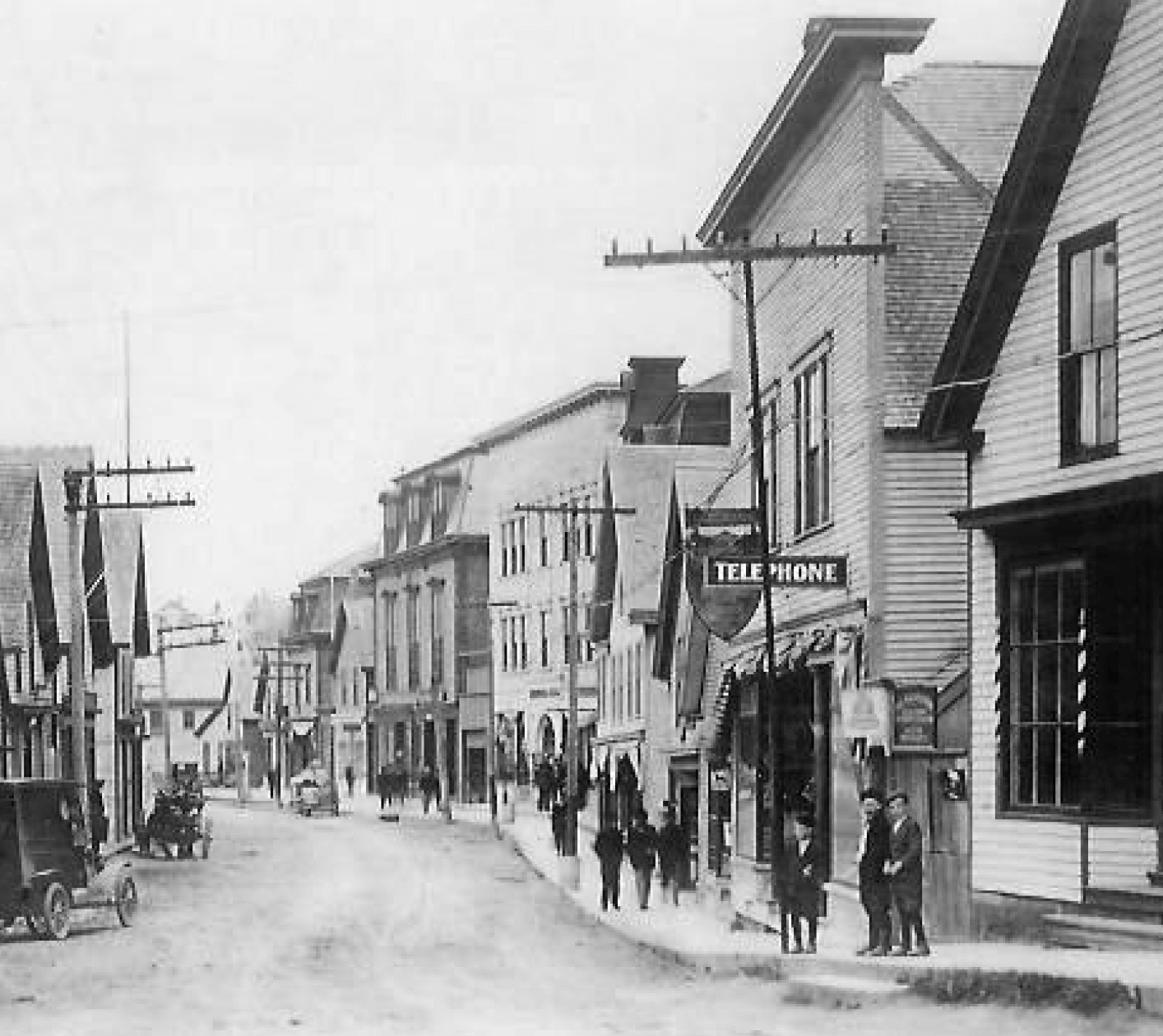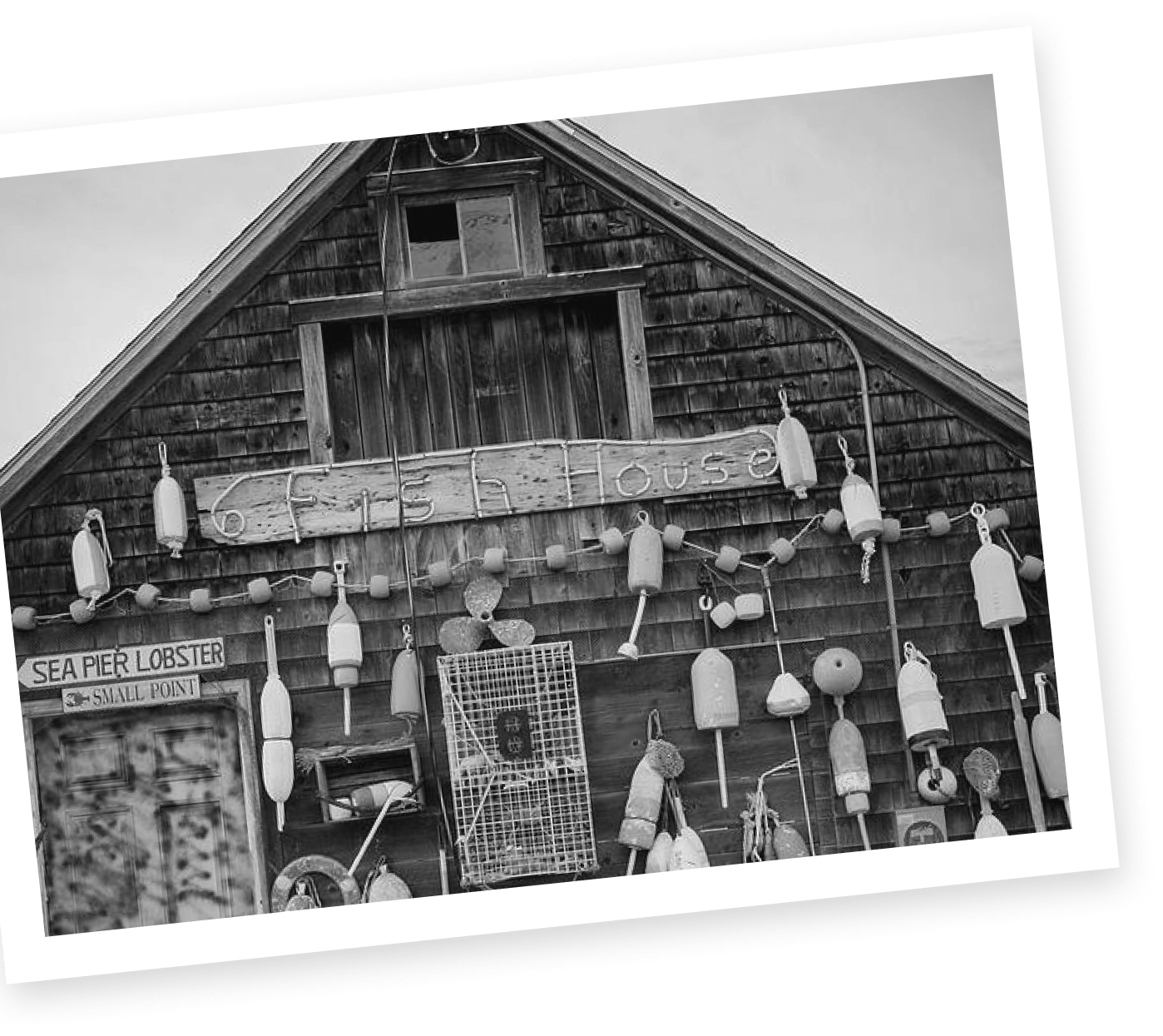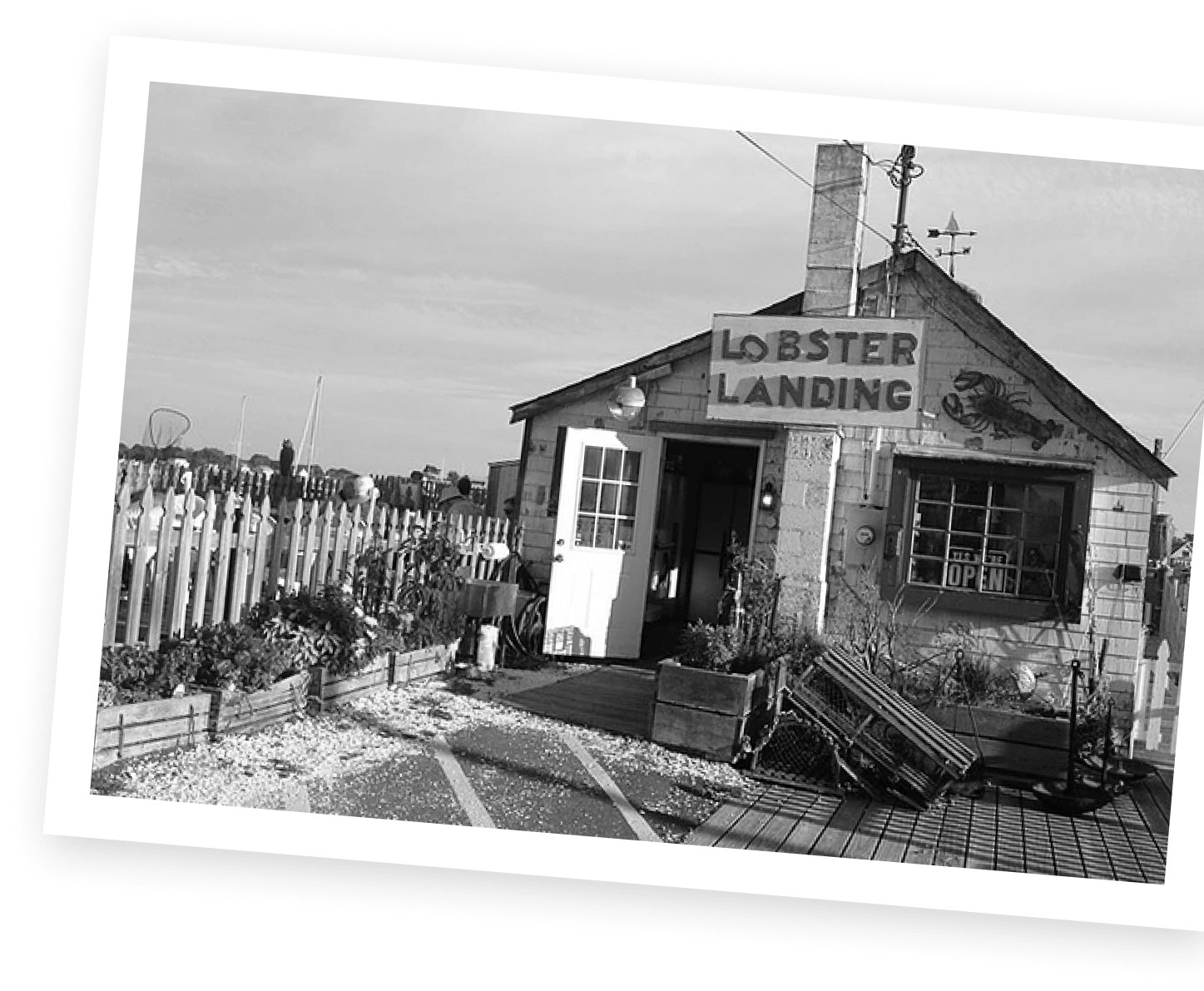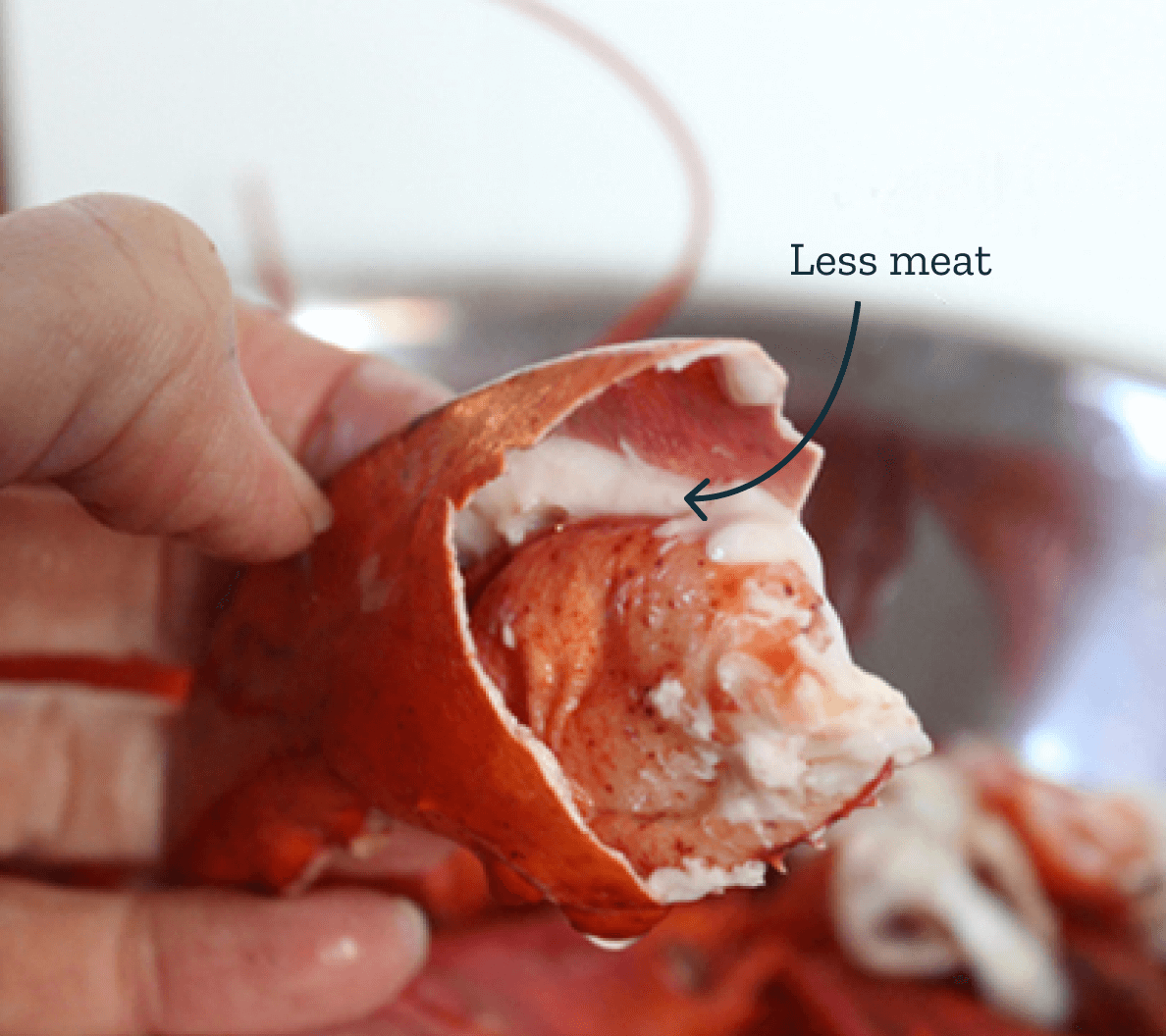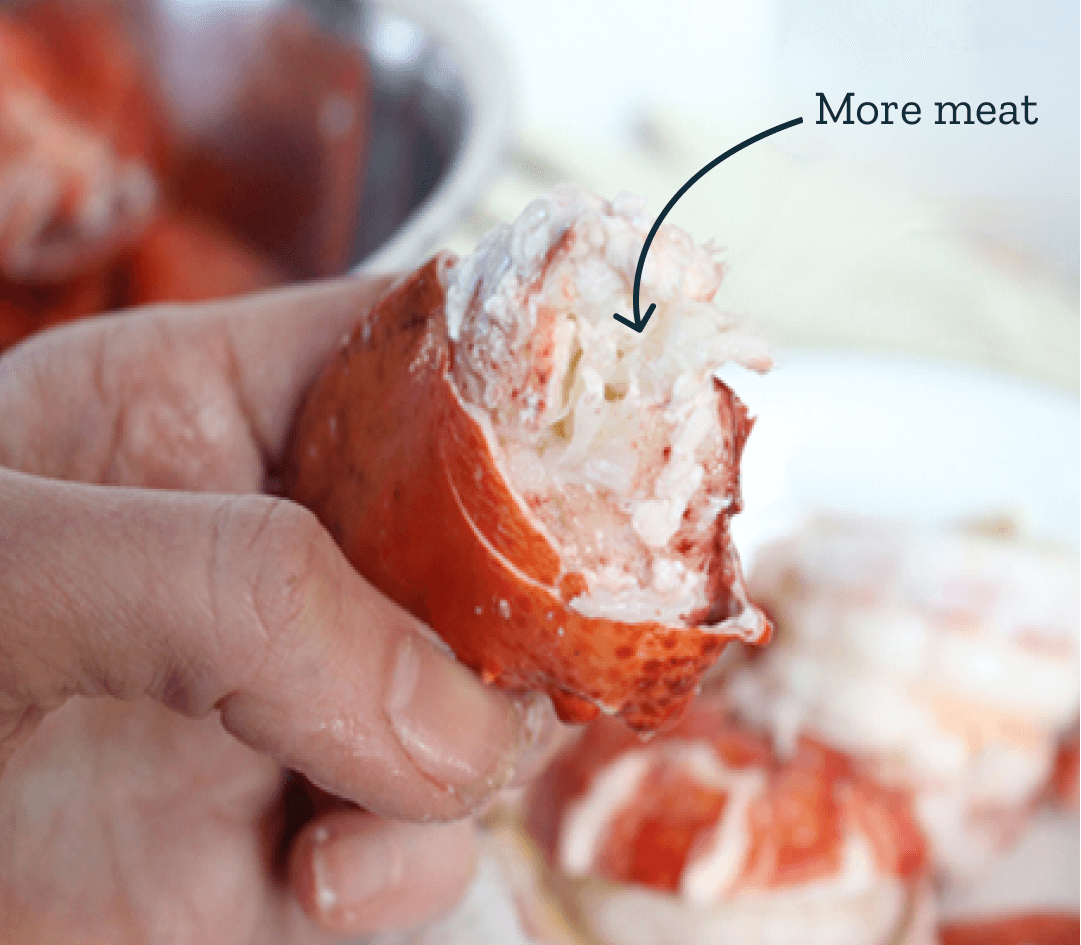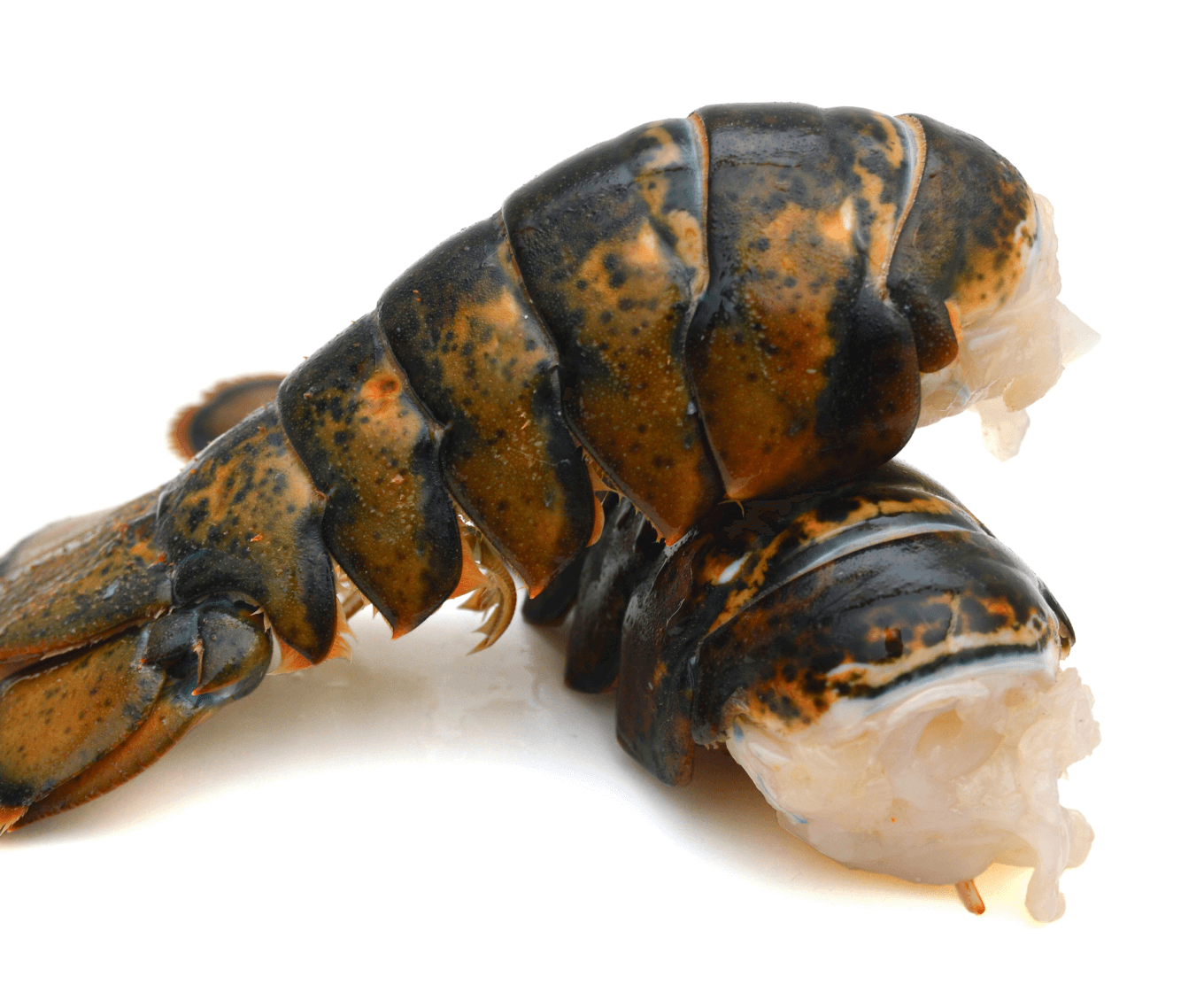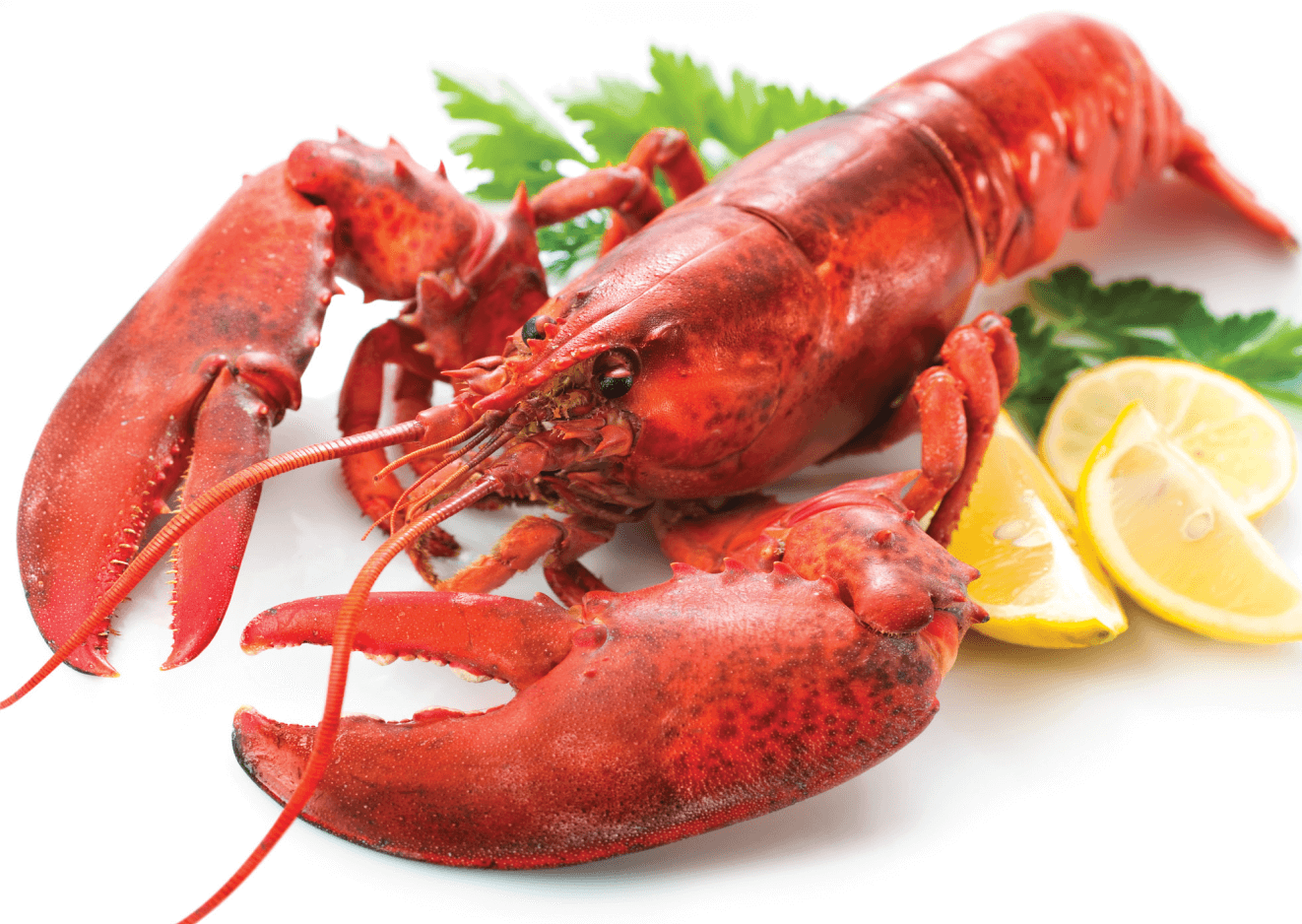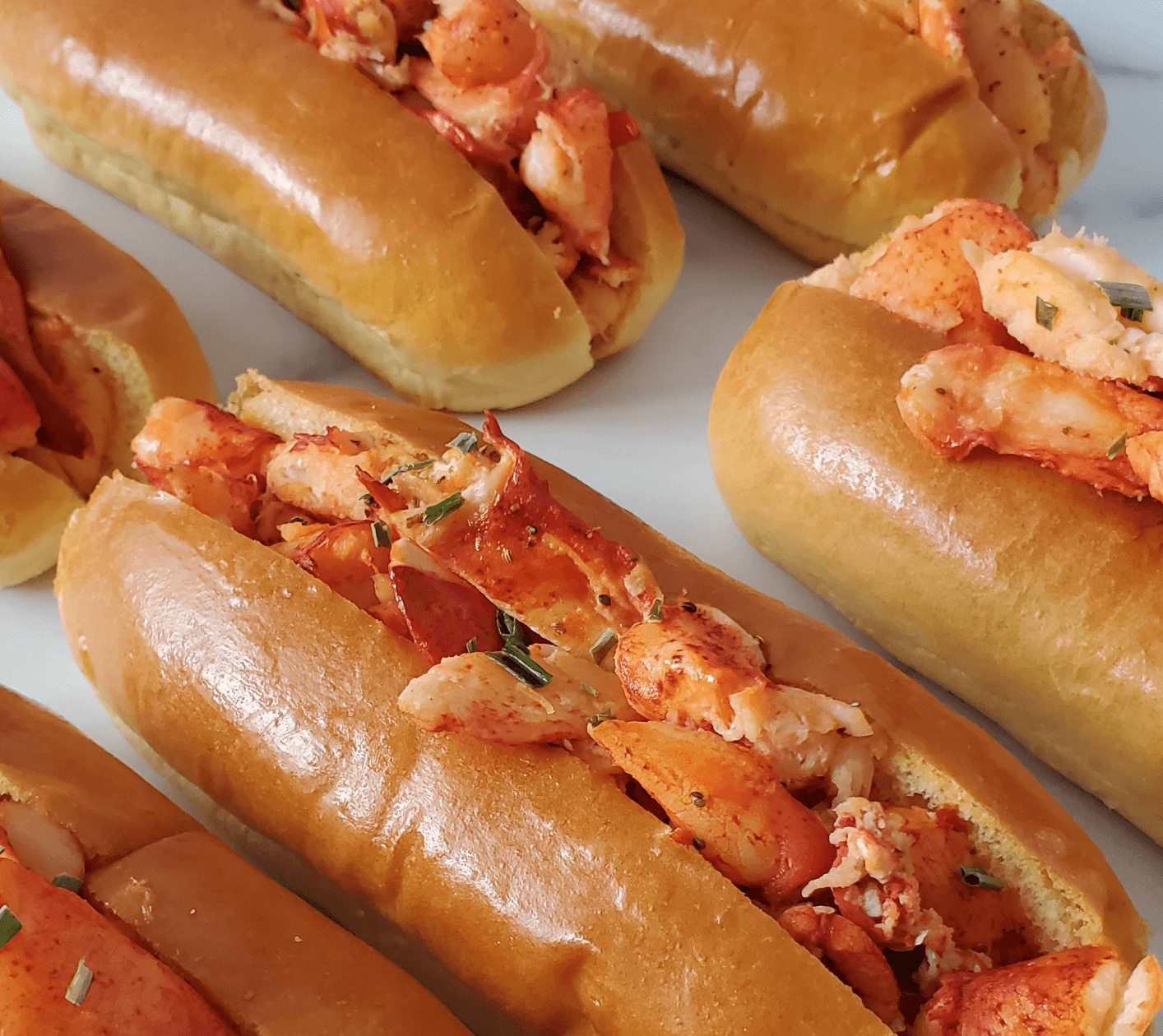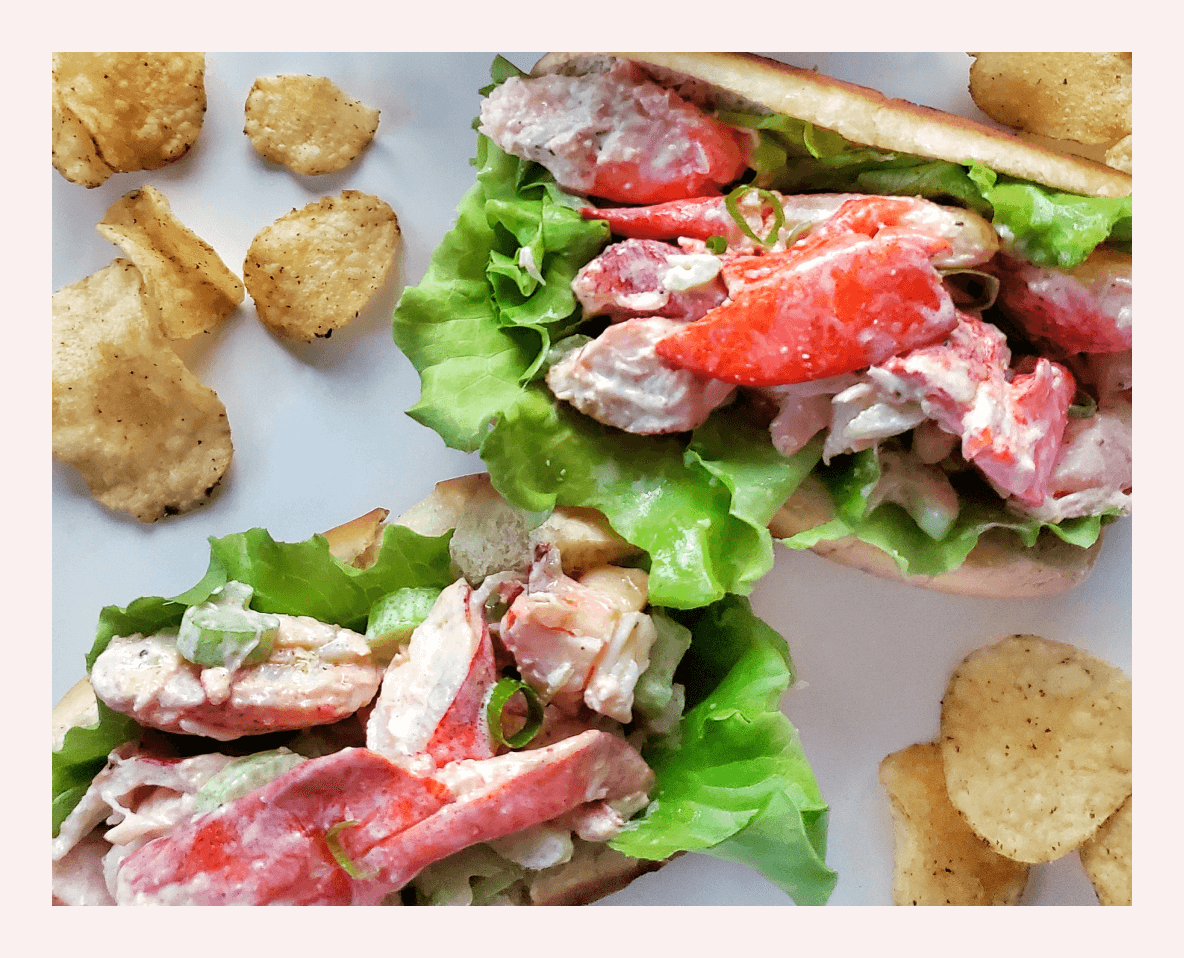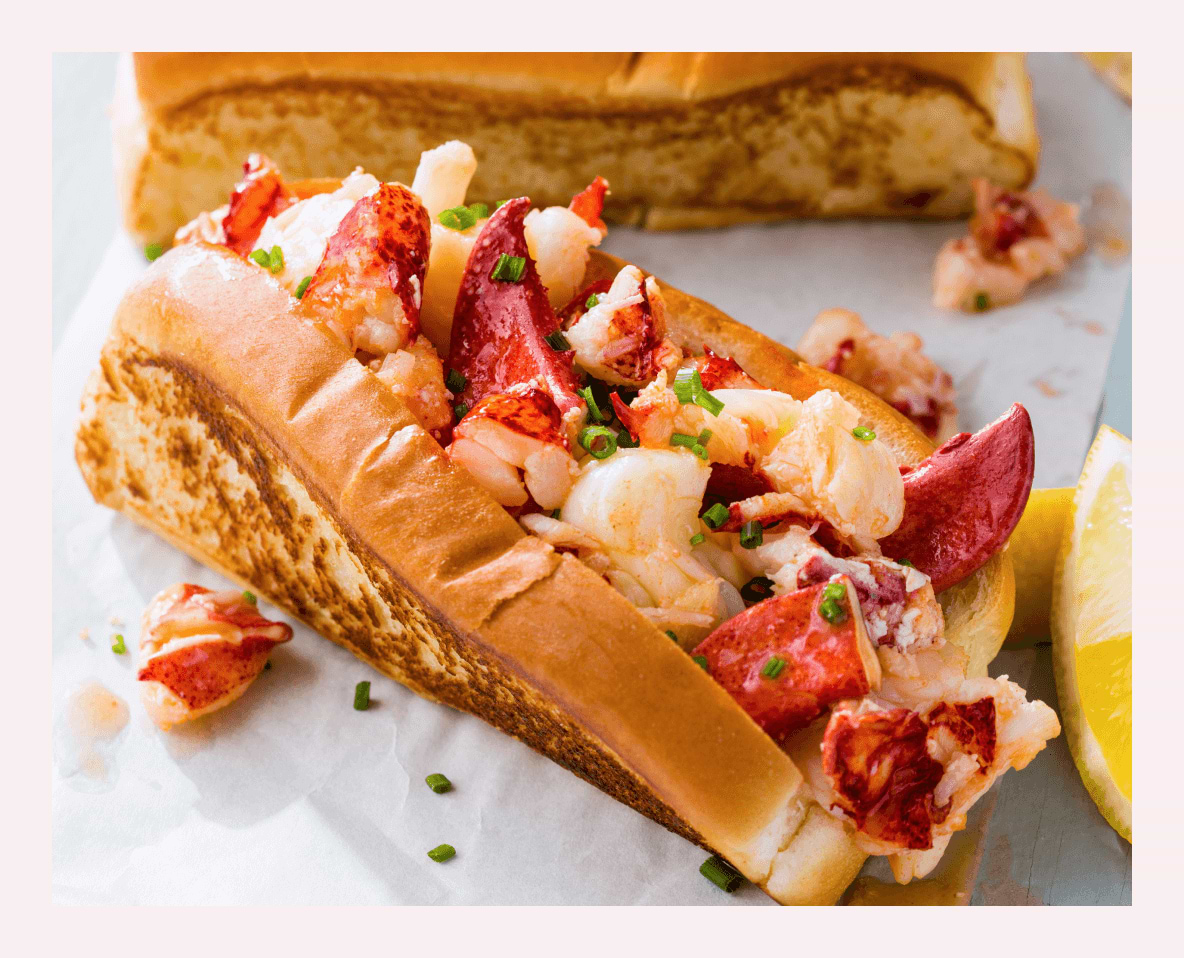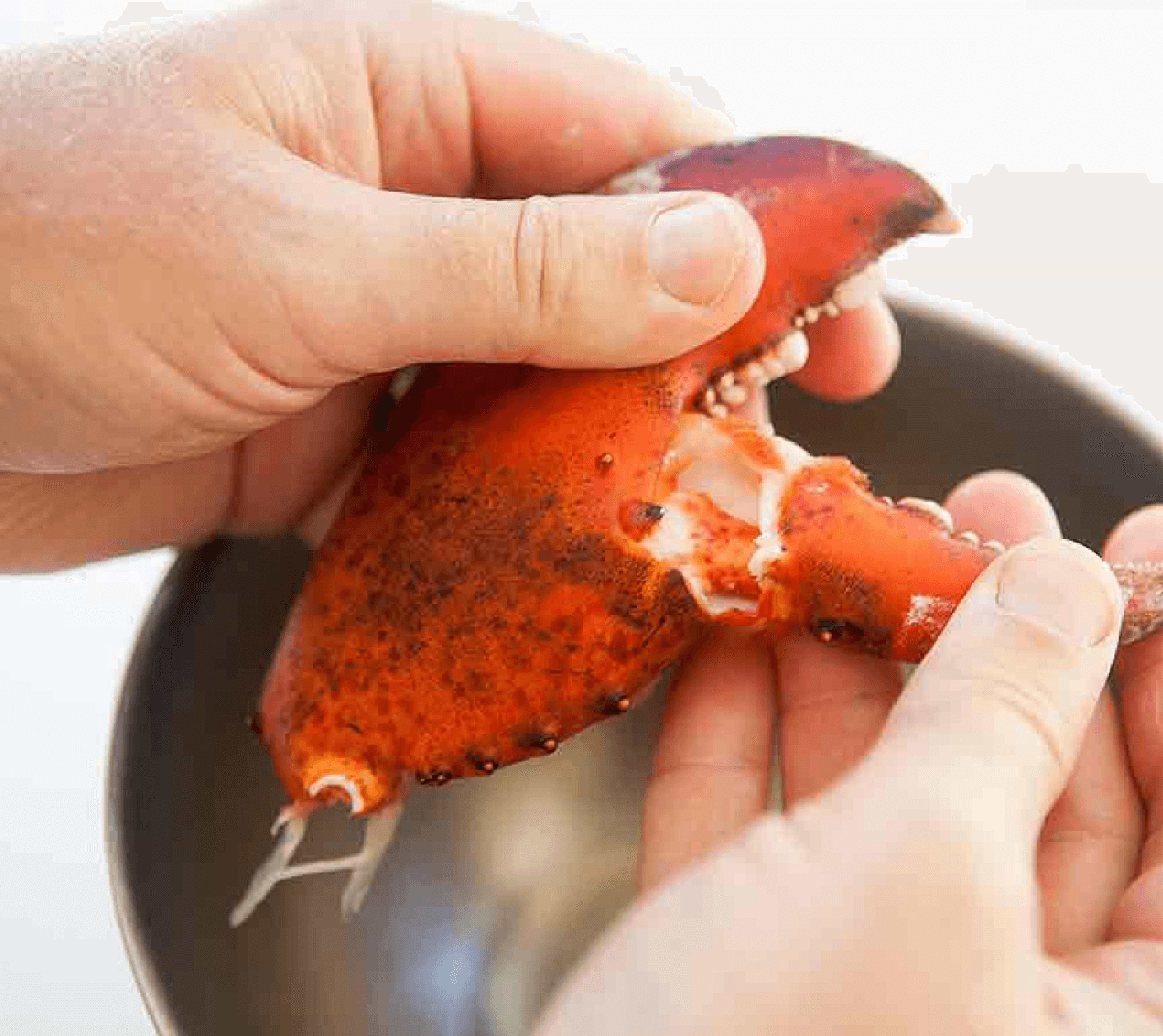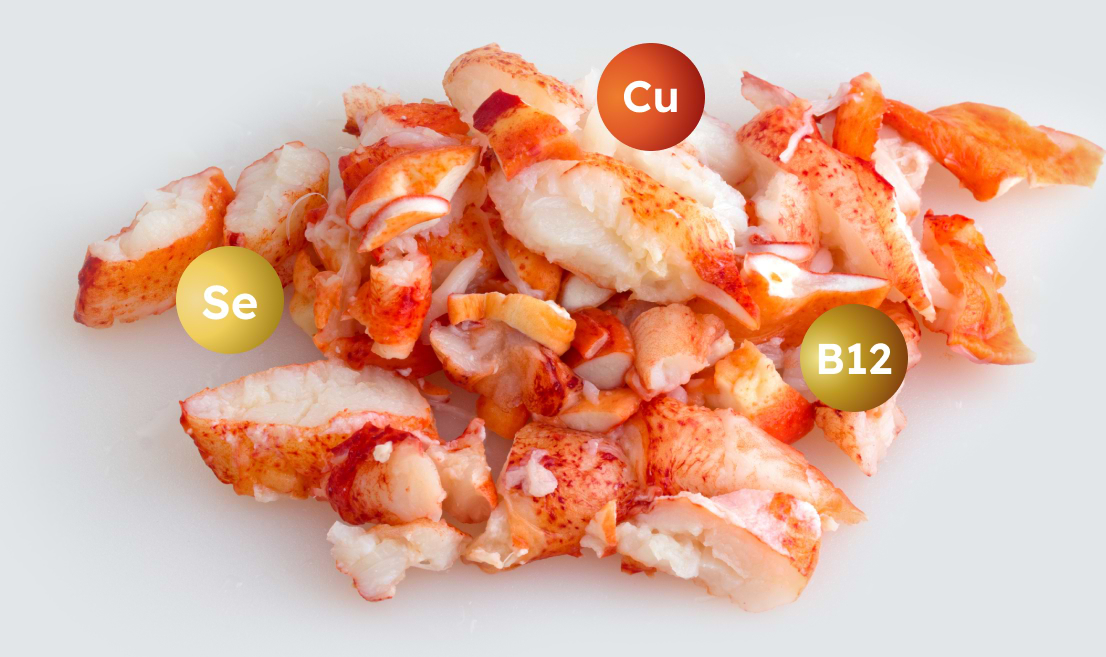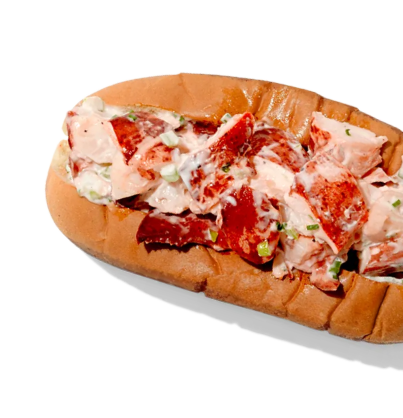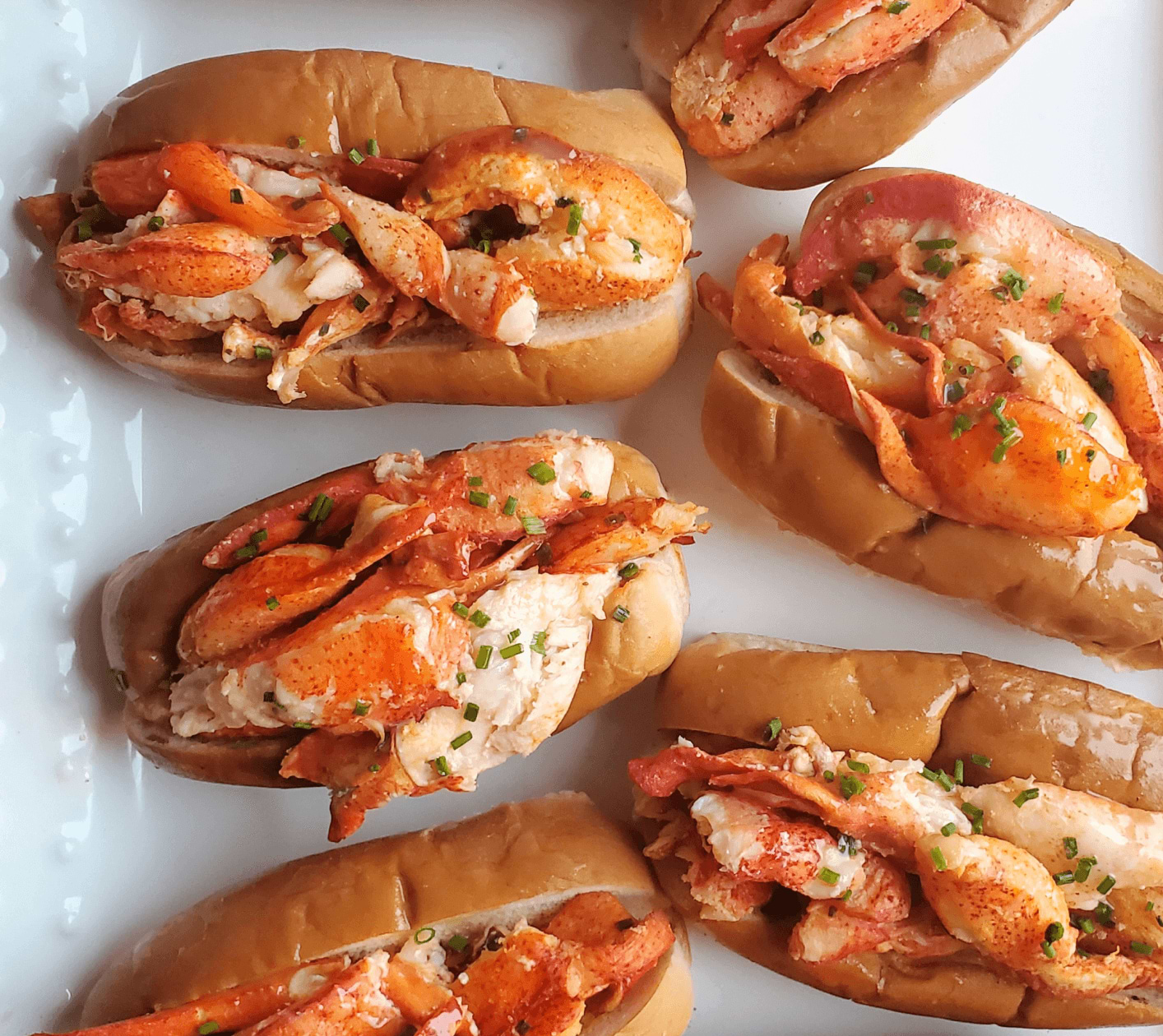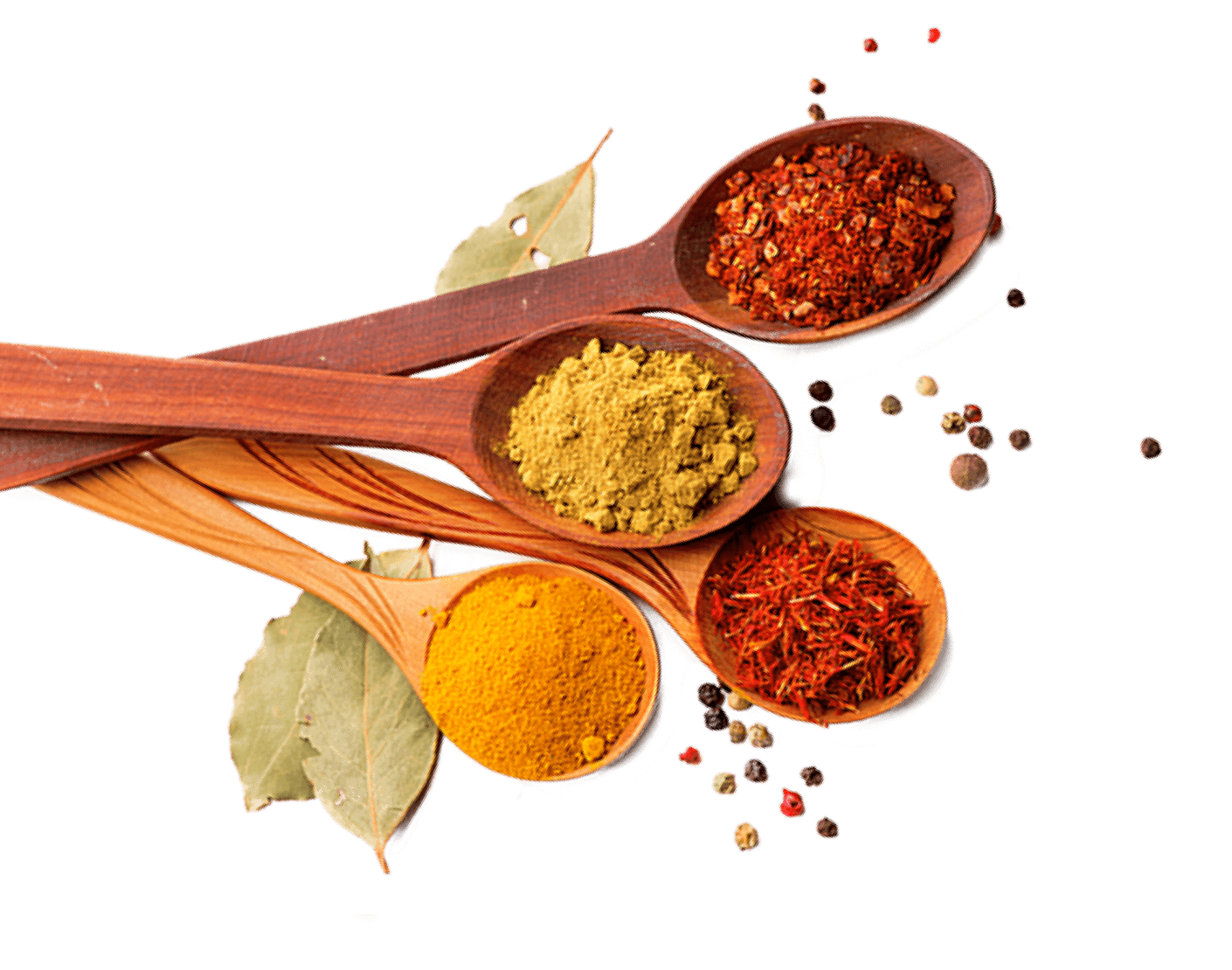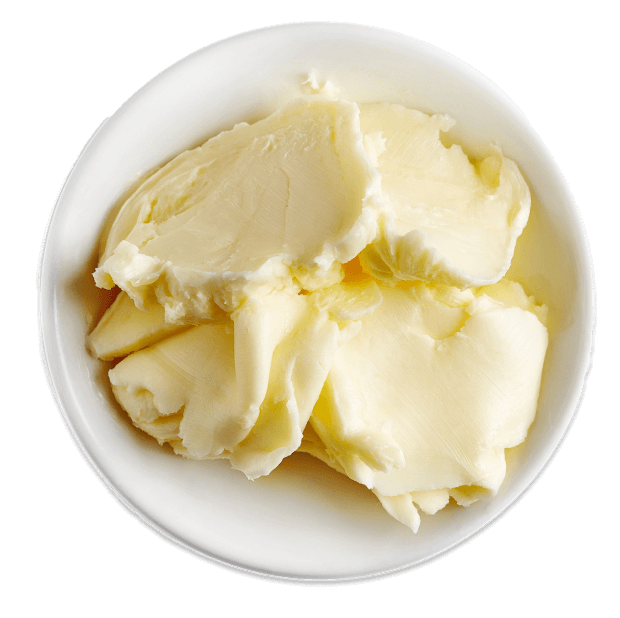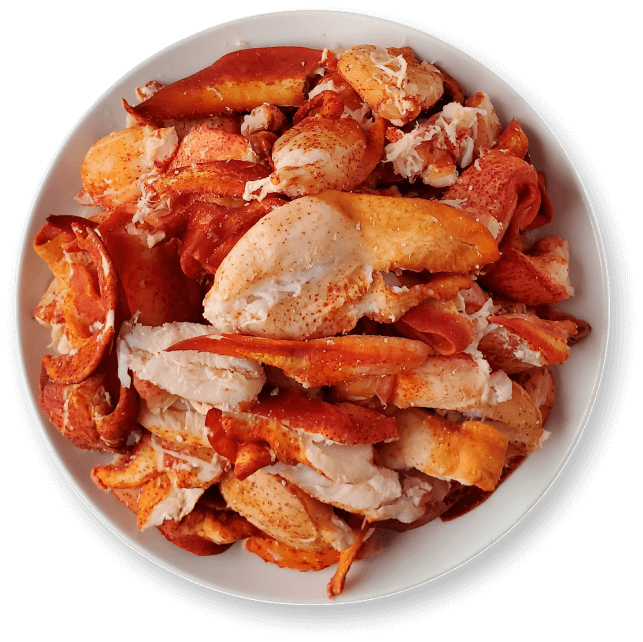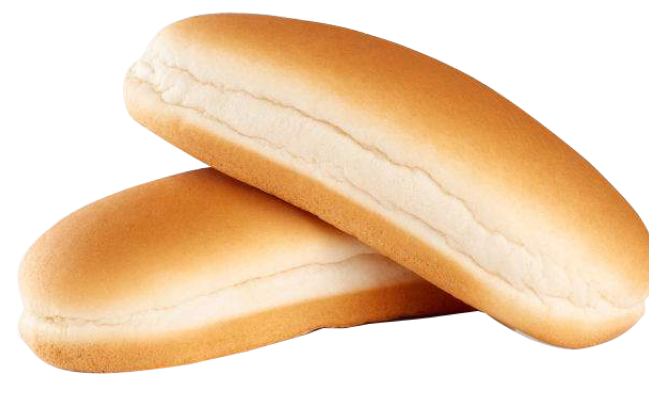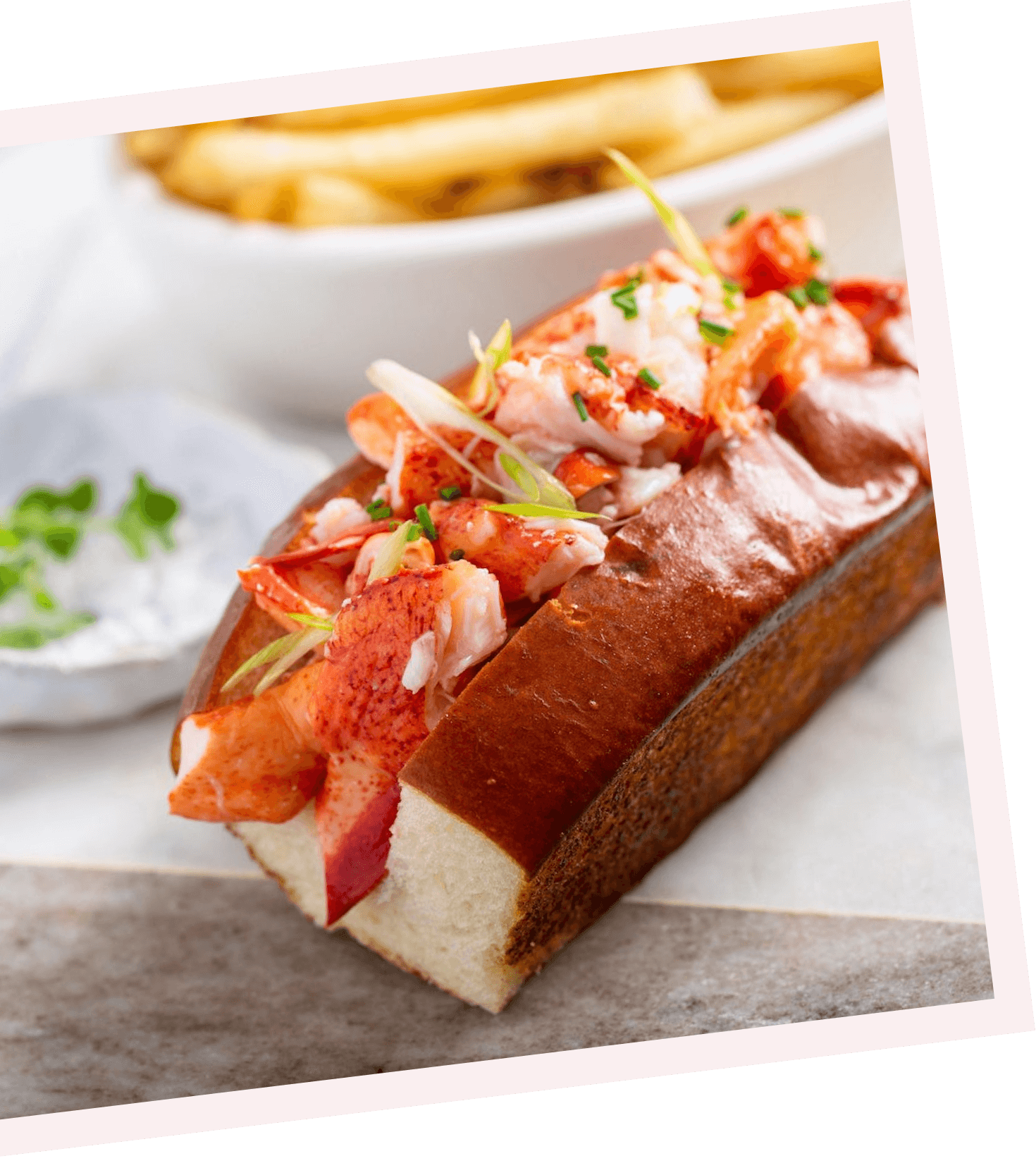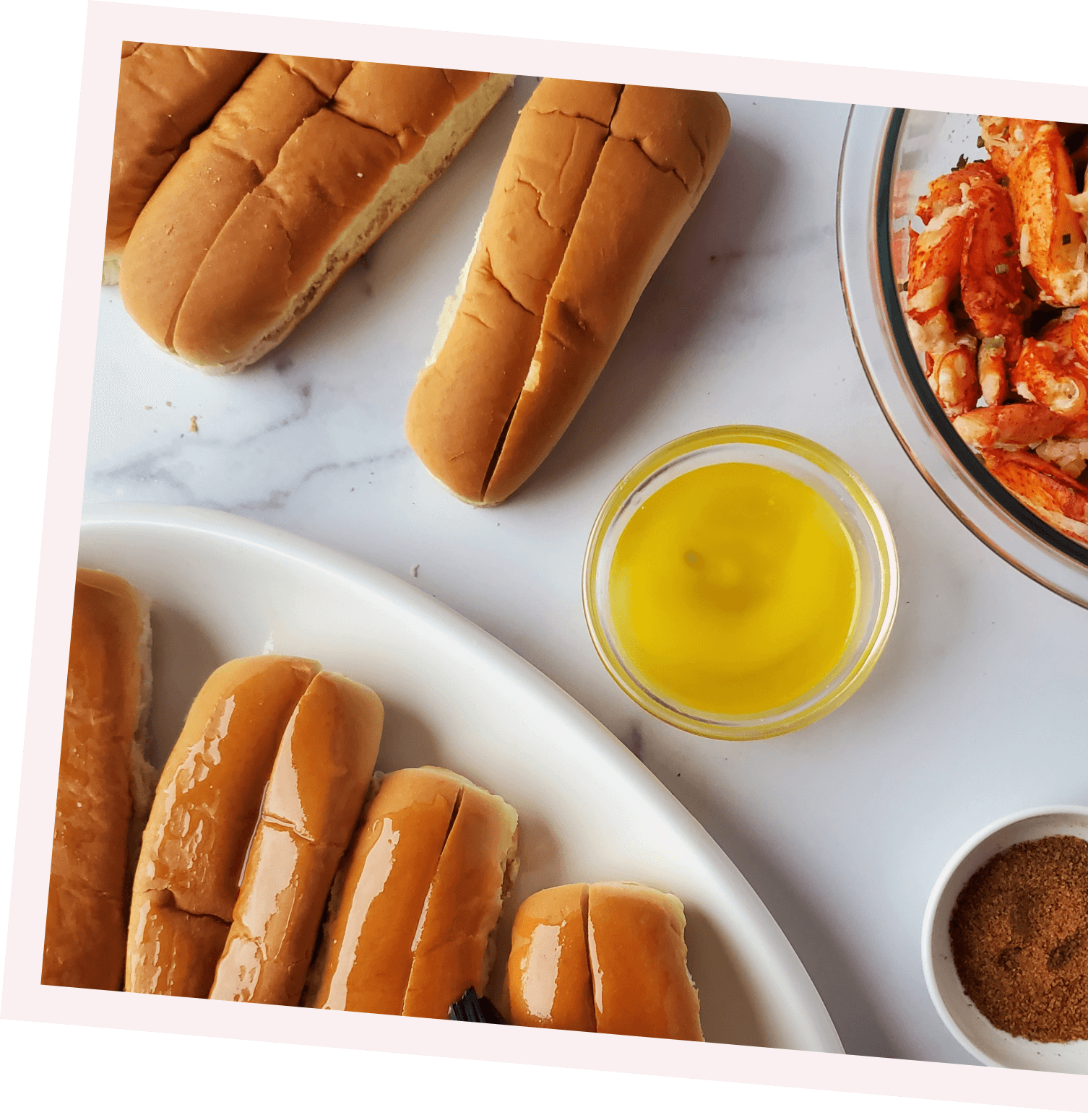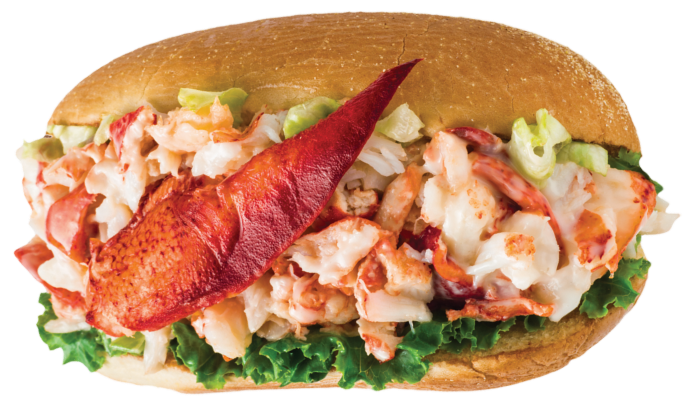Now, it’s time to dabble in the kitchen and share some classic lobster roll recipes, as well as variations on the old favorites.
And while lobster rolls are certainly something that you can make at home, the price of sourcing good lobsters and the thought of cooking them can be daunting— sometimes taking up to 4 or 5 hours in the kitchen! So, keep that in mind before tying on your apron, as the following recipes all start with cooked lobster meat.
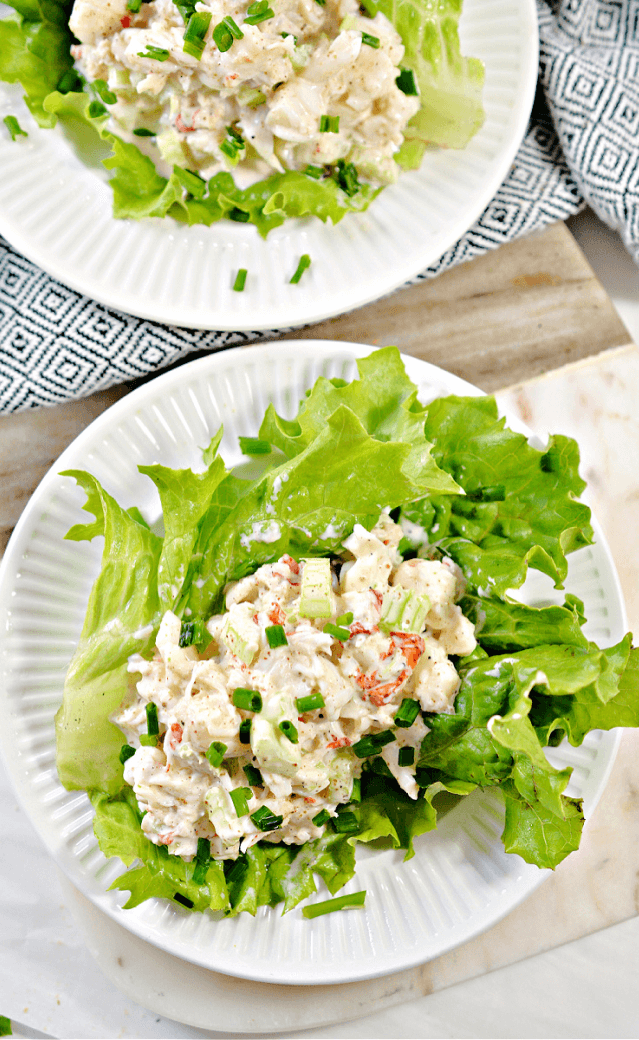
Low-Carb Lobster Roll Wraps
For those on a low-carb diet, eating lobster rolls might seem out of the question. But because lobster meat itself is devoid of carbohydrates, with a few simple alterations to the rest of the recipe, you too can enjoy a delicious variation on lobster rolls that serves 4.
-
½ pound steamed lobster meat, coarsely chopped.
-
3 tablespoons of Greek yogurt.
-
1 tablespoonfresh parsley, chopped.
-
1 lemon,juiced and zested.
-
A pinch of sea salt and freshly ground pepper.
-
Butter lettuce leaves, whole.
-
¼ cuplight mayonnaise.
-
⅓ cupcelery, diced.
-
1 tablespoon fresh chives, chopped.
-
¼ teaspoon paprika.
-
A splash of hot sauce (optional).
| STEP | 1 | Combine the mayonnaise, yogurt, lemon juice, lemon zest, and seasonings. Add a dash of your preferred hot sauce, if you like it a bit tangy, and mix well. |
| STEP | 2 | Tip in your lobster and add the celery, parsley, and chives, stirring until everything is completely incorporated. Then, transfer to the fridge to chill. |
| STEP | 3 | Spread out your lettuce leaves and create a good base to wrap the filling with, layering if necessary. When ready to serve, take the lobster mixture out of the fridge and spoon it into the lettuce wraps, and serve immediately. |
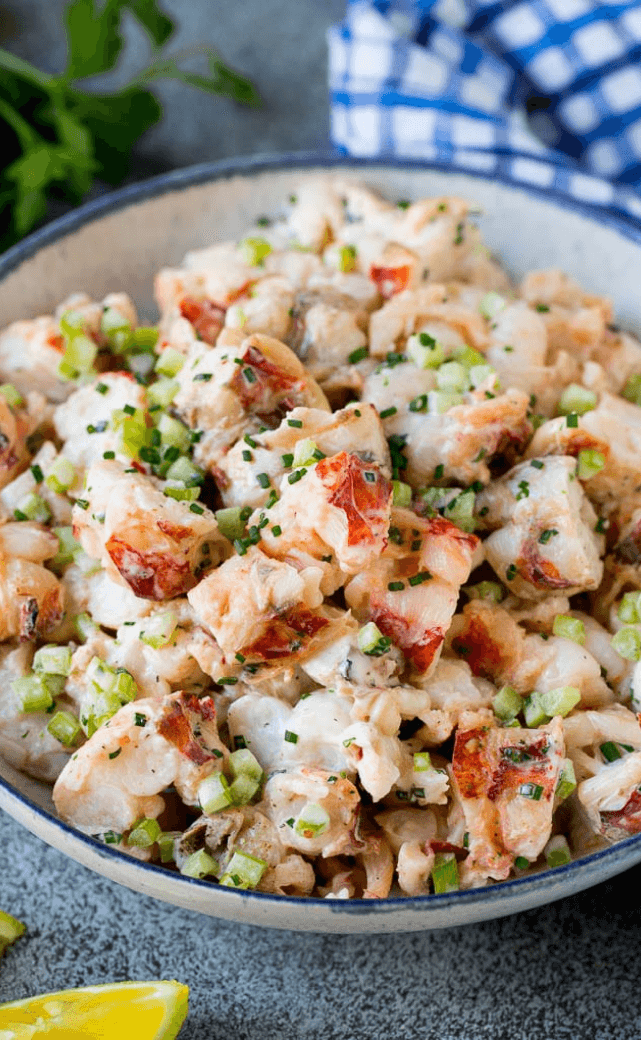
Healthy Lobster Roll Salad
For a light and balanced lobster roll, Maine’s version will be your go-to. The mayonnaise and lemon even out the salty richness of the lobster, highlighting a variety of flavors as you bite in. This recipe serves 4.
-
1 headcooked lobster meat, coarsely chopped.
-
1.5 cups brussels sprouts, shaved.
-
⅓ cup cucumber, diced.
-
1 small red onion, diced.
-
¼ cup light mayonnaise.
-
4 tablespoons olive oil.
-
1 lemon juiced and zested
-
1 tablespoons garlic, minced.
-
A pinch of sea salt and freshly ground pepper
-
1 head of firm lettuce, like iceberg or romaine
-
⅓ cup carrot, diced.
-
⅓ cup celery, diced.
-
2 whole scallions, sliced.
-
¼ cup Greek yogurt.
-
1 tablespoon Dijon mustard
-
1 tablespoon Dijon mustard
-
1 tablespoon paprika
| STEP | 1 | Make the salad dressing first. Combine the mayonnaise, yogurt, olive oil, Dijon mustard, lemon juice, lemon zest, garlic, paprika, salt, and pepper in a small bowl. Whisk well and set aside. |
| STEP | 2 | Wash the lettuce leaves, dry them, and then roughly chop. |
| STEP | 3 | Add the lettuce, brussels sprouts, carrot, cucumber, celery, onion, and scallions to a large bowl and toss to combine. |
| STEP | 4 | Scoop out a portion of salad onto each plate and top with the chopped lobster meat. Then, drizzle over a healthy amount of the salad dressing and dig in. |
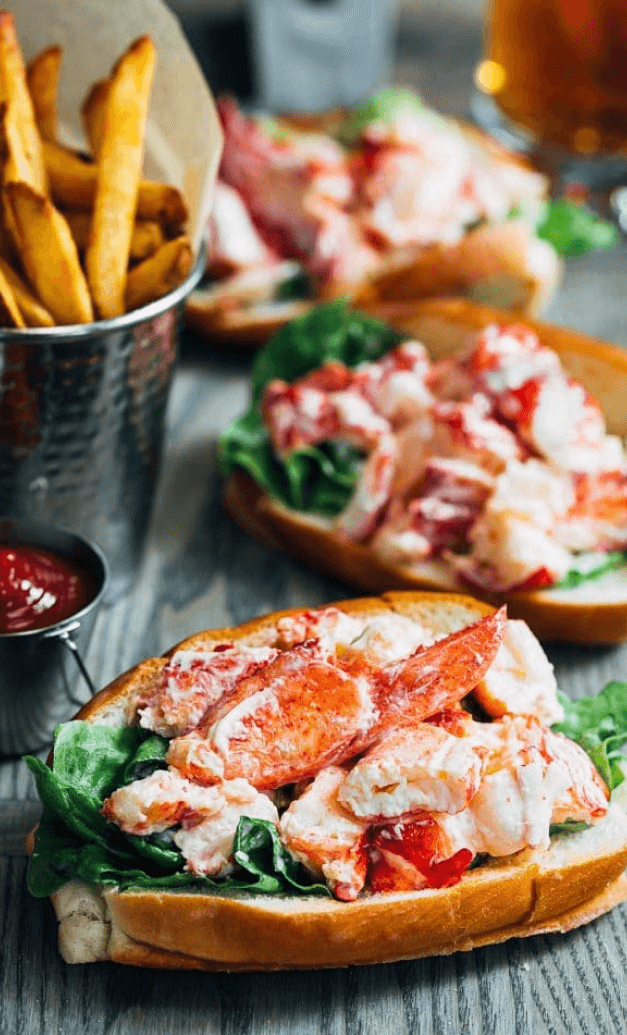
Classic Maine-Style Lobster Rolls
For a light and balanced lobster roll, Maine’s version will be your go-to. The mayonnaise and lemon even out the salty richness of the lobster, highlighting a variety of flavors as you bite in.This recipe serves 4.
-
1 pound of cooked lobster meat, coarsely chopped.
-
¼ cup celery, finely chopped.
-
¼ cupmayonnaise.
-
½ teaspoon lemon juice, freshly squeezed.
-
5 tablespoons unsalted butter, softened.
-
A pinch of sea salt and finely ground pepper.
-
1 tablespoon fresh chives, chopped.
-
4 New England-style rolls.
| STEP | 1 | Combine the lobster meat, celery, mayonnaise, and lemon juice in a large bowl. Season with salt and pepper to taste, then cover and put in the fridge to chill. It should rest for no more than 8 hours before serving. |
| STEP | 2 | When the filling has chilled sufficiently, put a non-stick skillet over medium-low heat. Split the rolls and spread butter on both sides, before carefully toasting them in the pan for about 1 or 2 minutes per side. Keep an eye on them as rolls burn quickly! |
| STEP | 3 | Take out your lobster filling and stuff each roll to the brim. Garnish with parsley, paprika, or even intact lobster claw meat, and serve. |
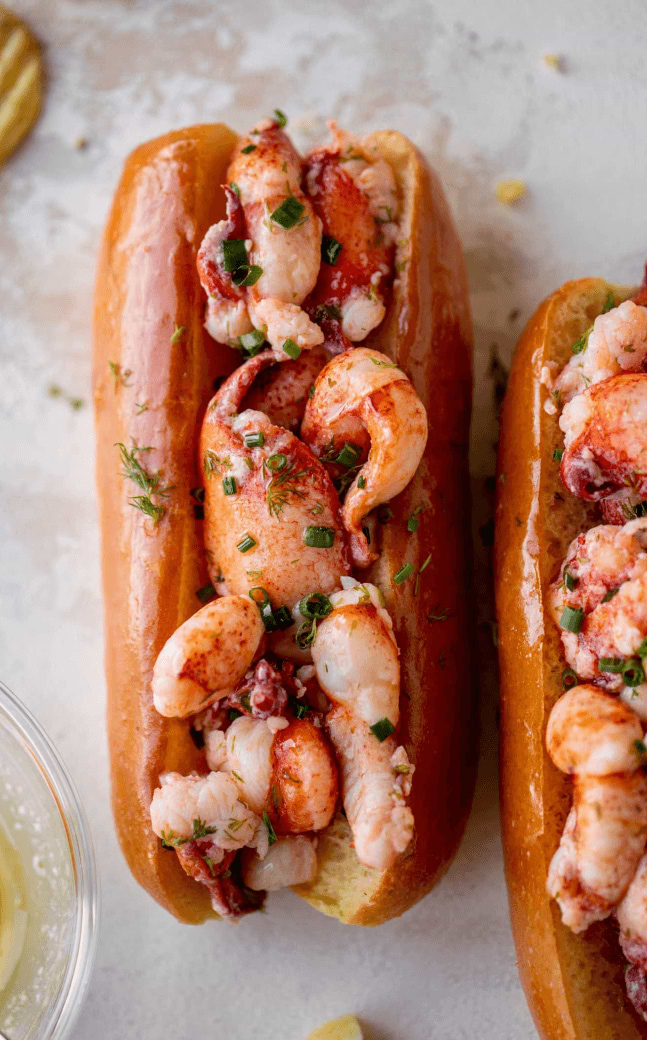
Traditional Connecticut-Style Lobster Rolls
With butter on top of butter, the Connecticut-style lobster roll is simple, fragrant, and scrumptious. Without other dominant flavors getting in the way, the lobster meat is really allowed to shine in this decadent dish that serves 4.
-
1 pound cooked lobster meat.
-
16 ounces unsalted butter, room temperature.
-
2 small shallots, finely diced.
-
4 New England-style rolls.
-
1 tablespoon fresh chives, minced (optional).
| STEP | 1 | Put a large, non-stick skillet on medium-low heat and add the butter. While it melts, pull the lobster meat apart into chunks. |
| STEP | 2 | Once the butter is melted, add the shallots and allow to cook for 1 minute. Then, add the lobster carefully, to prevent hot butter from splashing. |
| STEP | 3 | Simmer the mixture for 5 or 6 minutes, until the lobster is fragrant and the butter has reduced a bit. |
| STEP | 4 | Remove the lobster from the pan, but save the rest of the butter to pour into a serving dish. |
| STEP | 5 | Split the rolls and dip each side into the melted butter, then toast in the same skillet for 1 to 2 minutes per side over medium-low heat. |
| STEP | 6 | Assemble your rolls by filling them with lobster meat and serve immediately with the remaining butter for dipping. Garnish with chopped chives if you wish. |
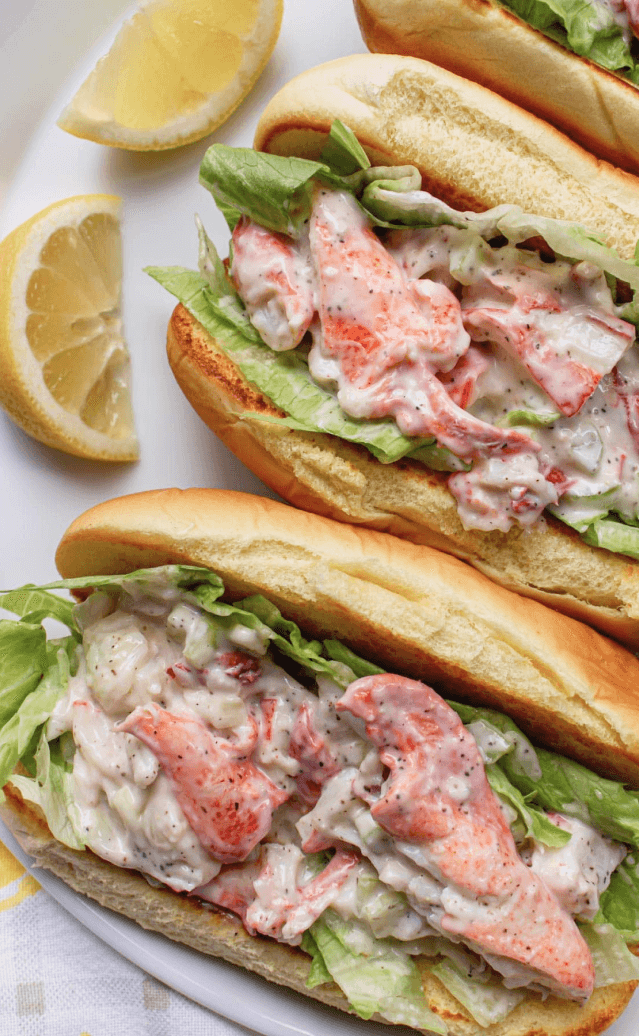
New England Lobster Salad Rolls
Another classic style, this New England version brings the rich taste of lobster meat together with the fresh crunch of greens. It’s a good middle ground between Maine and Connecticut’s lobster roll traditions for anyone wanting a different option that serves 4.
-
1 pound of cooked lobster meat, coarsely chopped.
-
¼ cup mayonnaise.
-
¼ cup celery, diced...
-
½ teaspoon fresh parsley, chopped.
-
2 teaspoons scallion, finely sliced.
-
2 teaspoons lemon juice, freshly squeezed.
-
1.5 teaspoons Dijon mustard.
-
A pinch of sea salt and finely ground pepper.
-
2 tablespoons butter, melted.
-
4 large lettuce leaves, such as iceberg or romaine.
-
4 New England-style rolls.
| STEP | 1 | In a small bowl, mix the mayonnaise, celery, parsley, scallion, lemon juice, Dijon mustard, salt, and pepper. |
| STEP | 2 | Combine with the lobster meat and mix well, then set aside. |
| STEP | 3 | Split the rolls and dip both sides in the melted butter before toasting in a non-stick skillet over medium-low heat. Watch carefully, and flip after 1 or 2 minutes on each side. |
| STEP | 4 | Arrange the lettuce leaves inside the rolls and fill them with the lobster mixture, then serve. |
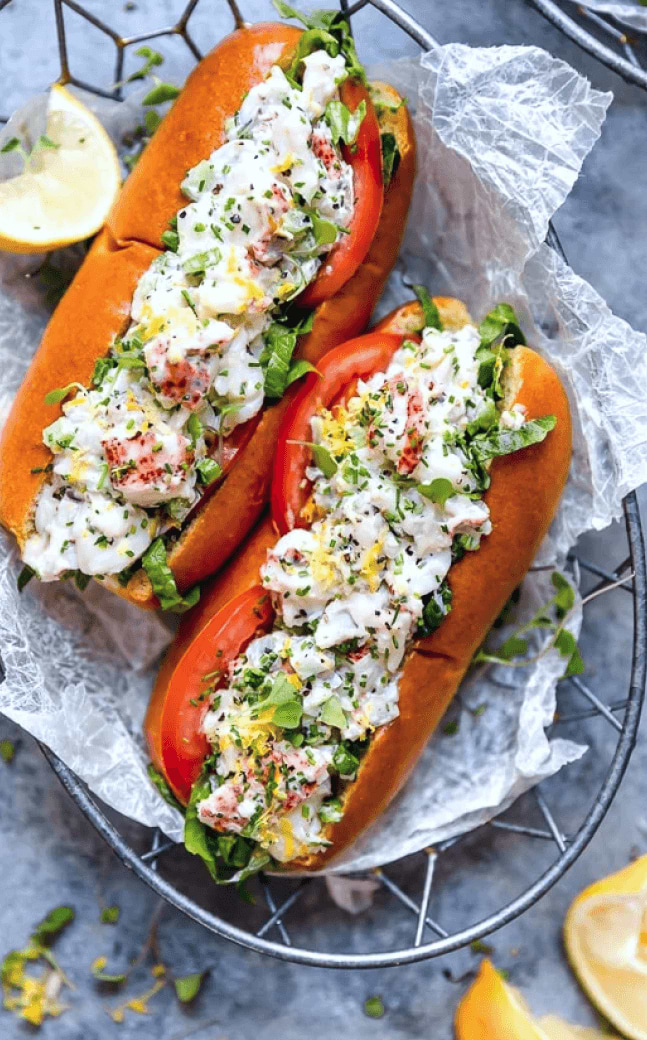
Easy Lobster Rolls with Spicy Mayo
While traditional lobster rolls don’t dabble in the realm of spices, these super-simple sandwiches have a unique flavor, thanks to the zing provided by spicy mayo. Try these if you want a lobster roll with a twist for 4 people!
-
1 pound cooked lobster meat, coarsely chopped.
-
¼ cup celery, diced.
-
1 tablespoon unsalted butter, at room temperature.
-
⅓ mayonnaise.
-
1 tablespoon hot sauce.
-
1 teaspoon lime or lemon juice.
-
¼ teaspooncajun or taco seasoning, or chili powder.
-
A pinch of sea salt and freshly ground pepper.
-
4 hotdog buns.
| STEP | 1 | Prepare the spicy mayo by mixing the regular mayonnaise in a bowl with the hot sauce, citrus juice, and seasonings. Whisk until well combined. |
| STEP | 2 | Fold the lobster meat and celery into the spicy mayo mixture and stir. Then, allow it to rest in the fridge for about 10 minutes to let the flavors coalesce. |
| STEP | 3 | Meanwhile, butter the outside of your hotdog buns and toast them in a non-stick skillet over medium heat-low, watching carefully to prevent burning, about 1 or 2 minutes per side. |
| STEP | 4 | Assemble by scooping the spicy lobster mixture into the buns and enjoy! |
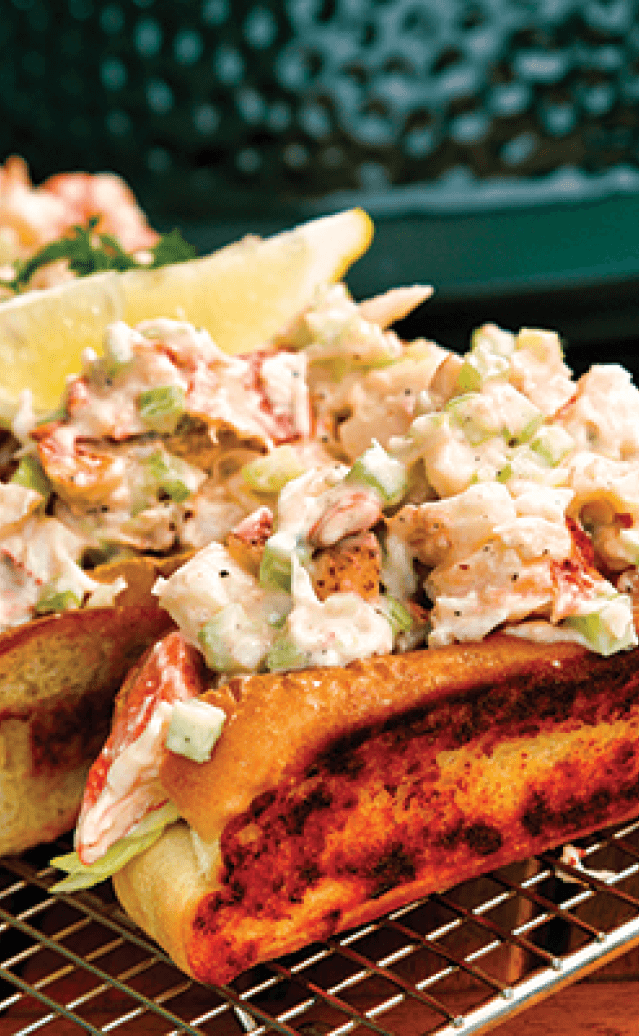
Grilled Lobster Rolls
If you are a BBQ enthusiast, then here is the lobster roll recipe for you— fire up the grill and get your lobster meat on the griddle for a delicious variation of the traditional cooking style. This recipe serves 4.
-
14 cooked lobster tails, intact with the shell on one side.
-
1 red onion, sliced into ½-inch sections.
-
1 cup unsalted butter, at room temperature.
-
1 teaspoon steak seasoning.
-
1 tablespoon of hot sauce.
-
1 lemon, juiced and zested.
-
1/3 cup mayonnaise.
-
2.5 ounces Dijon mustard.
-
¼ cup fresh chives, minced.
-
4 sandwich rolls.
| STEP | 1 | Mix the mayonnaise and Dijon mustard in a small bowl and set aside. |
| STEP | 2 | Combine the butter, seasoning, hot sauce, lemon juice, and lemon zest in a bowl, and then spread half of it across the meaty side of the lobster tails. |
| STEP | 3 | When the barbeque is hot enough, place the lobster meat-side down on the grill, as well as the red onion. |
| STEP | 4 | After the lobster and onion are lightly charred, take them off the grill and put them aside. Crack the lobster tails out of the shell and spread the remaining butter mixture across both sides. |
| STEP | 5 | Split the sandwich rolls and put them face down on the grill to toast for about 1 minute. Then, remove and spread with the mayonnaise-mustard mixture. |
| STEP | 6 | Assemble the sandwiches by fitting a whole lobster tail into the rolls, or pulling it apart to fit. Garnish with the grilled onions and chives and serve. |
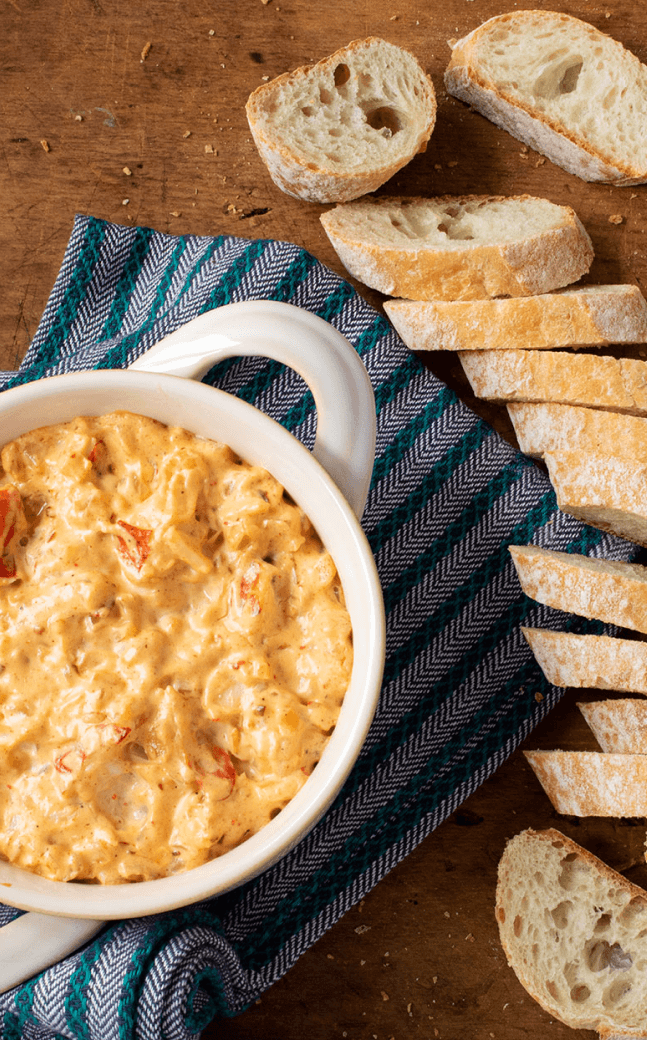
Hot Lobster Roll Dip
Are you looking for a variation on the typical serving style of a seafood sandwich, or perhaps want something that can be shared easier at a party? Then hot lobster roll dip is the answer! This dip serves 6 to 8 people.
-
8 ounces cooked lobster meat, chopped.
-
8 ounces cream cheese.
-
6 ounces of grated cheese, such as cheddar or swiss.
-
1 red onion, finely chopped.
-
1 tablespoon paprika.
-
½ teaspoon dried chili flakes.
-
2 teaspoons minced garlic.
-
1 lemon, juiced and zested.
-
A pinch of sea salt and freshly ground pepper.
-
1 large baguette.
| STEP | 1 | Preheat the oven to 375°F. |
| STEP | 2 | In a non-stick skillet over medium heat, melt the butter and add onion. Once softened, sprinkle in the paprika, dried chili flakes, garlic, salt, and pepper. |
| STEP | 3 | Cook for 1 minute, stirring often, then remove from the heat. |
| STEP | 4 | Add in the cream cheese, lemon juice, and lemon zest, stirring until fully combined. Then, carefully fold in the lobster, trying not to break the chunks apart. |
| STEP | 5 | Scoop into a shallow baking dish, sprinkle cheese over the top, and bake for about 15 minutes or until the edges are bubbling and the cheese is melted and golden. |
| STEP | 6 | In the meantime, slice your baguette into about ½-inch diameter pieces and toast in a clean, non-stick skillet over medium-low heat. |
| STEP | 7 | After the dip comes out of the oven, serve on a heat-proof plate with the toasted baguette slices for dipping and enjoy— but be careful, it’s hot! |





